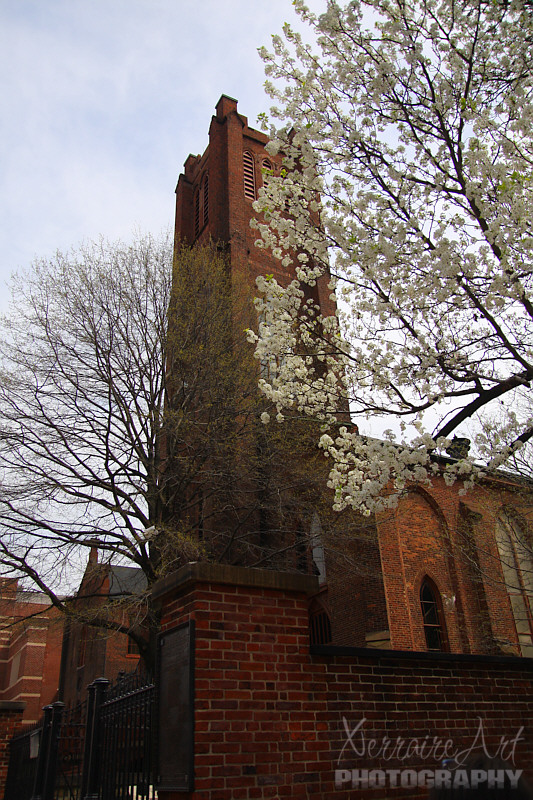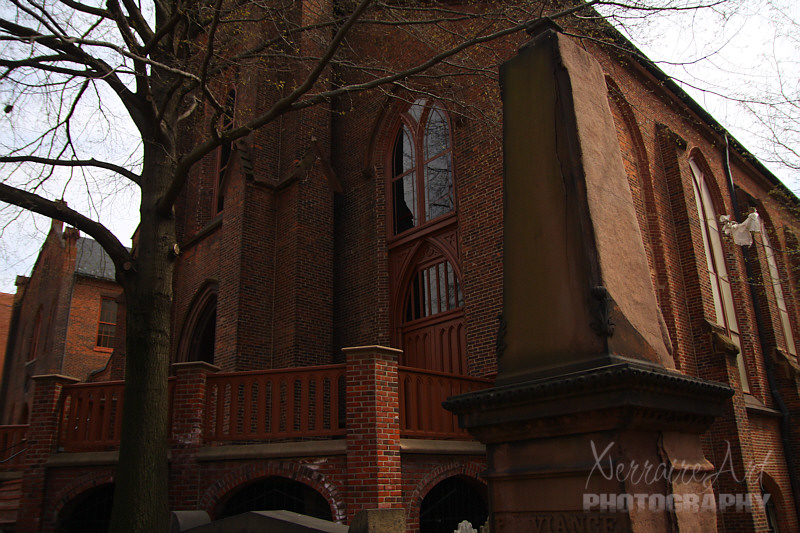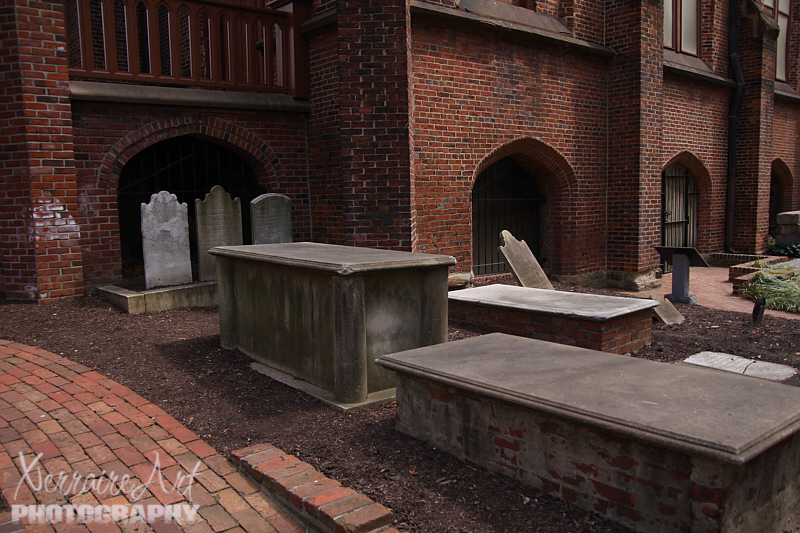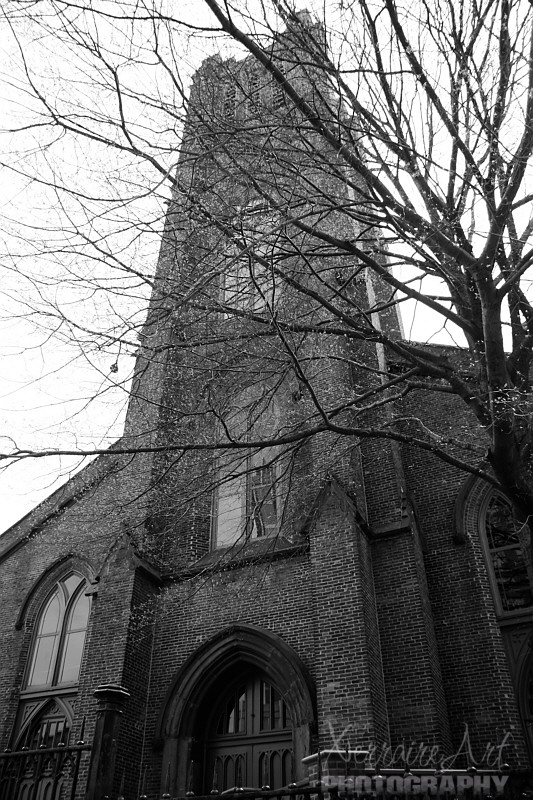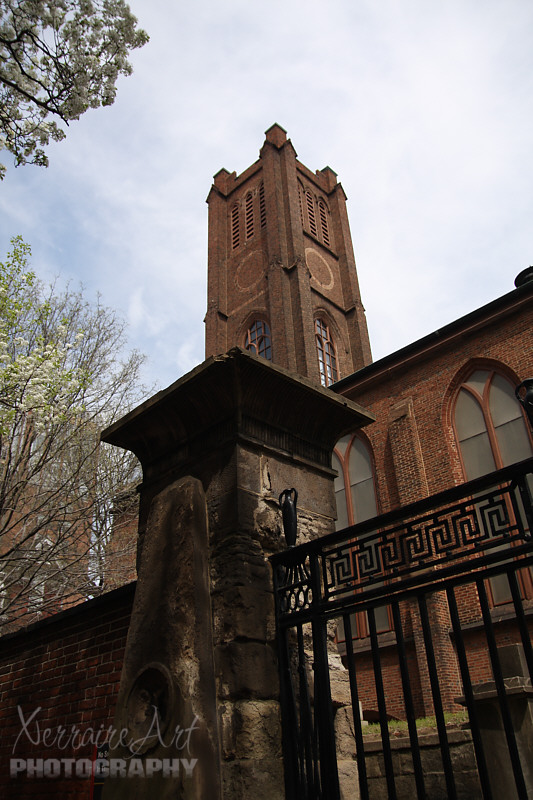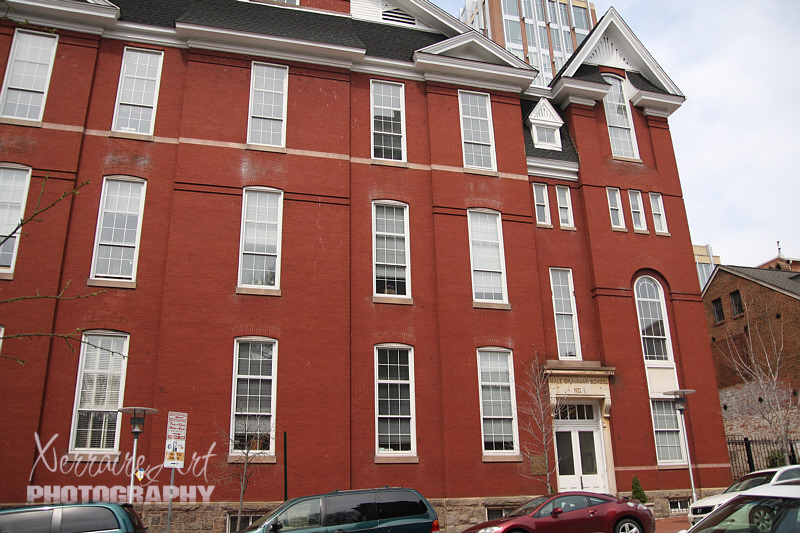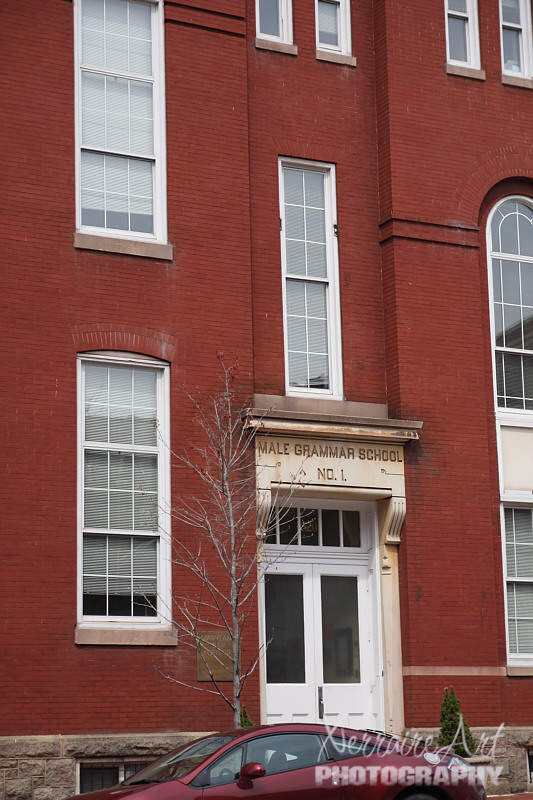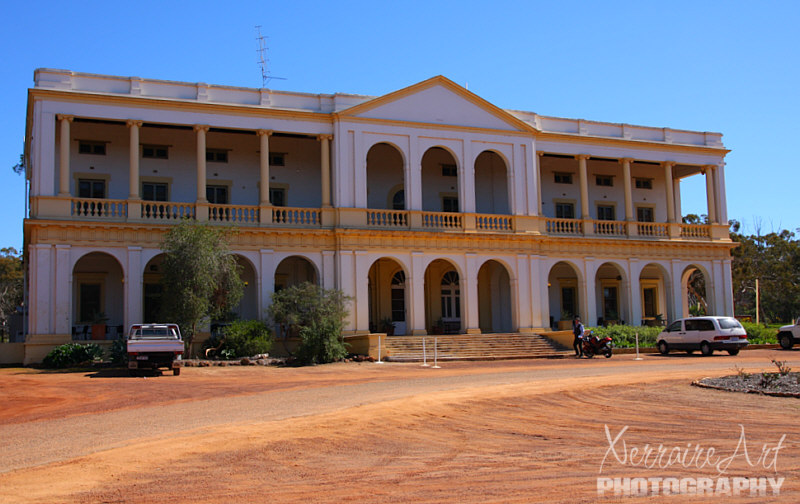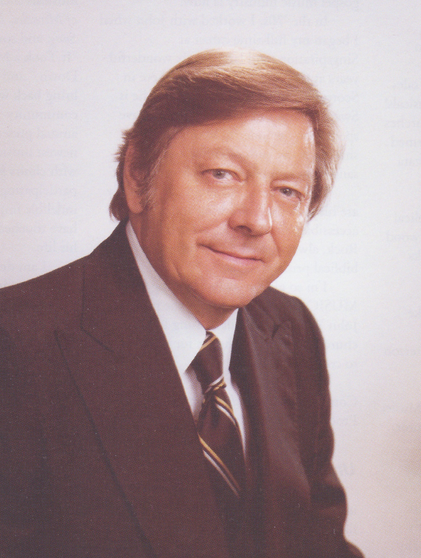Westminster Hall and Burying Ground
My mom had a terrible falling accident and it sent her to Shock Trauma in University of Maryland Medical Center.
I spent a lot of time there visiting and staying with her. On one occasion Laura took me in and we parked near a spot we had been wanting to visit for a long time, Edgar Allen Poe’s resting place.
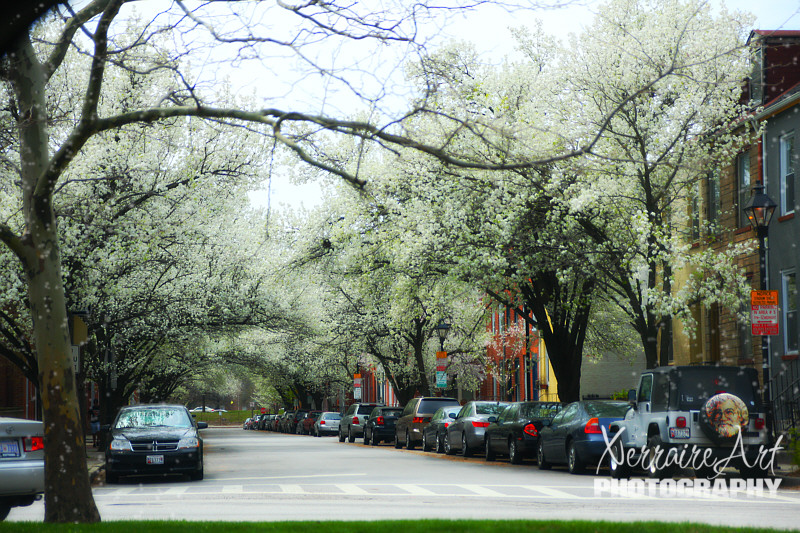
I have been away for awhile and I must say, Baltimore has never looked lovelier when we drove in…Blossoms were everywhere.
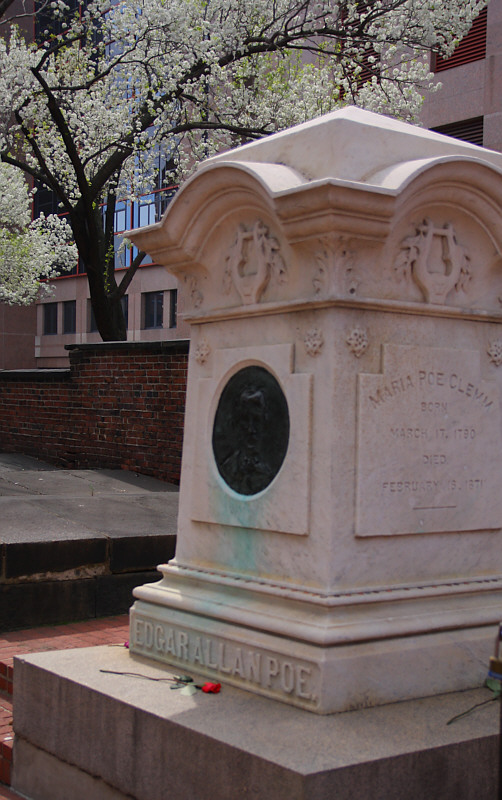
A more suitable memorial stone for Mr. Poe, at a more prominent location, later sited at the northwest entrance gate which was done and the body exhumed, moved to the new site and re-interred with public and elaborate ceremonies in 1875.
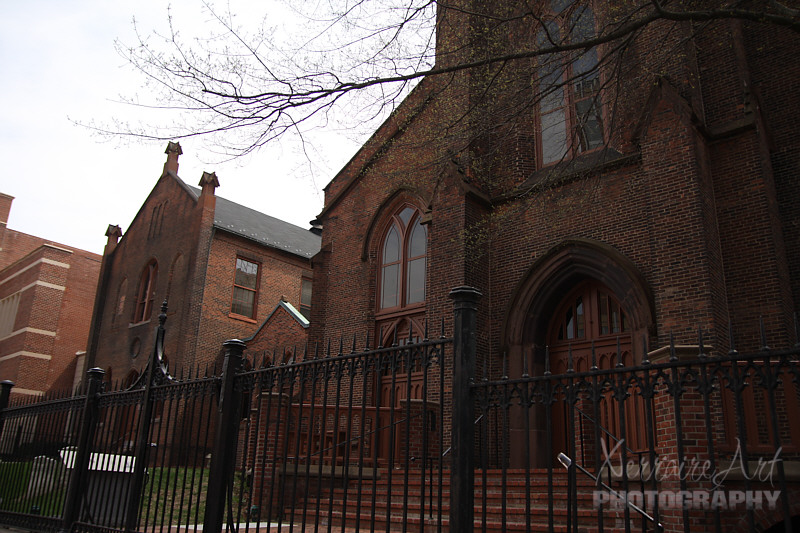
The graveyard was established in 1786 by the First Presbyterian Church, a congregation of socially and economically elite local Presbyterians and Reformed Protestants, then located in downtown Baltimore since founding in 1761 in a landmark twin-spired Georgian/Federal structure from 1790-95. Over the next 60 years, the “Burying Grounds” (or cemetery) became the final resting place for many important and influential merchants, politicians, statesmen, and dozens of veterans (officers and soldiers) of the American Revolutionary War and War of 1812 who were citizens of the burgeoning and soon-to-be, the third largest city in America – Baltimore.
But not before…

